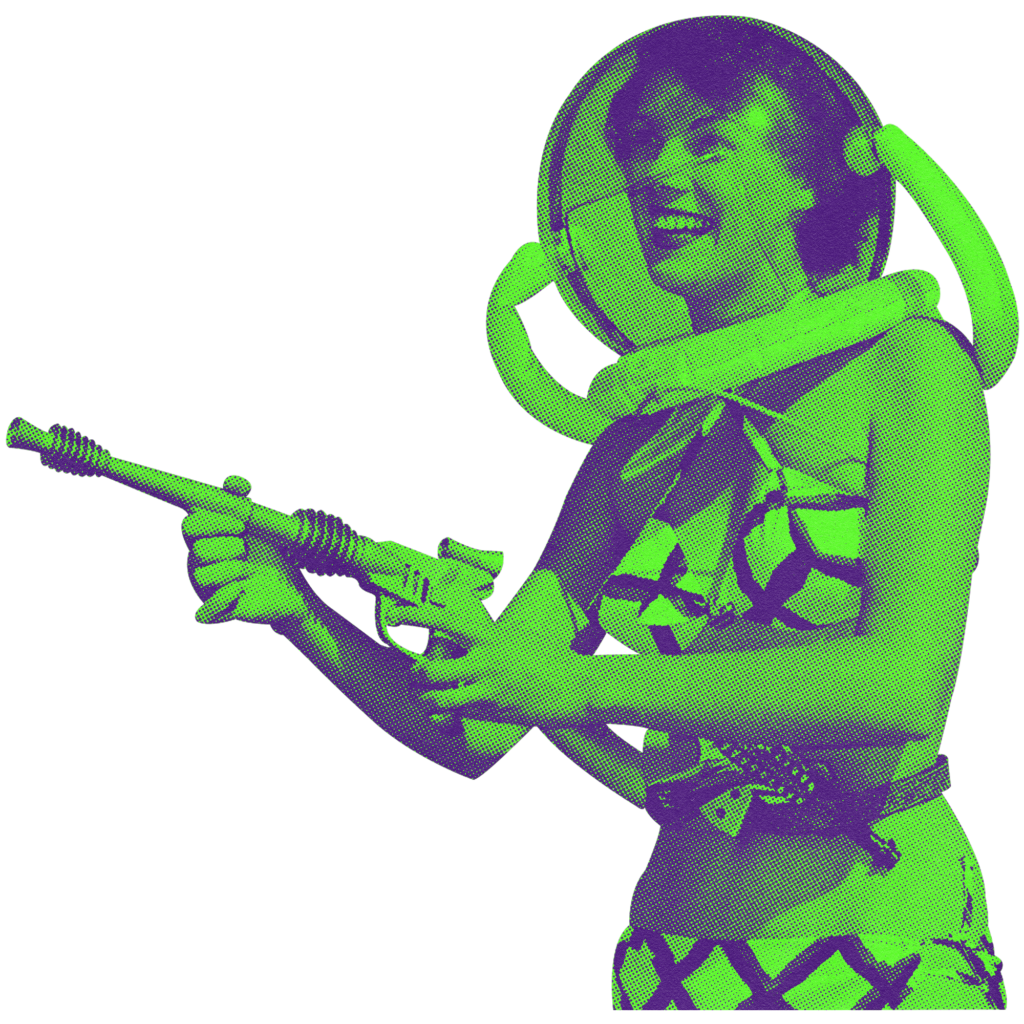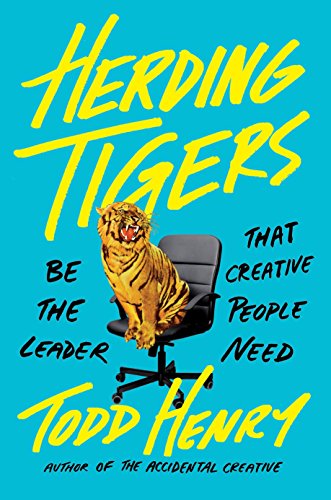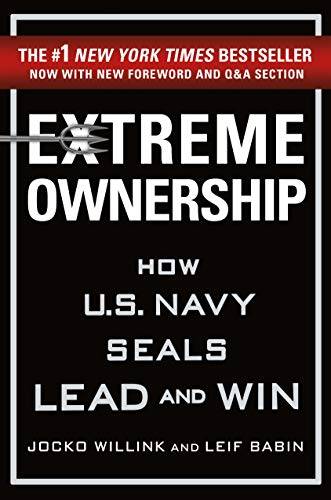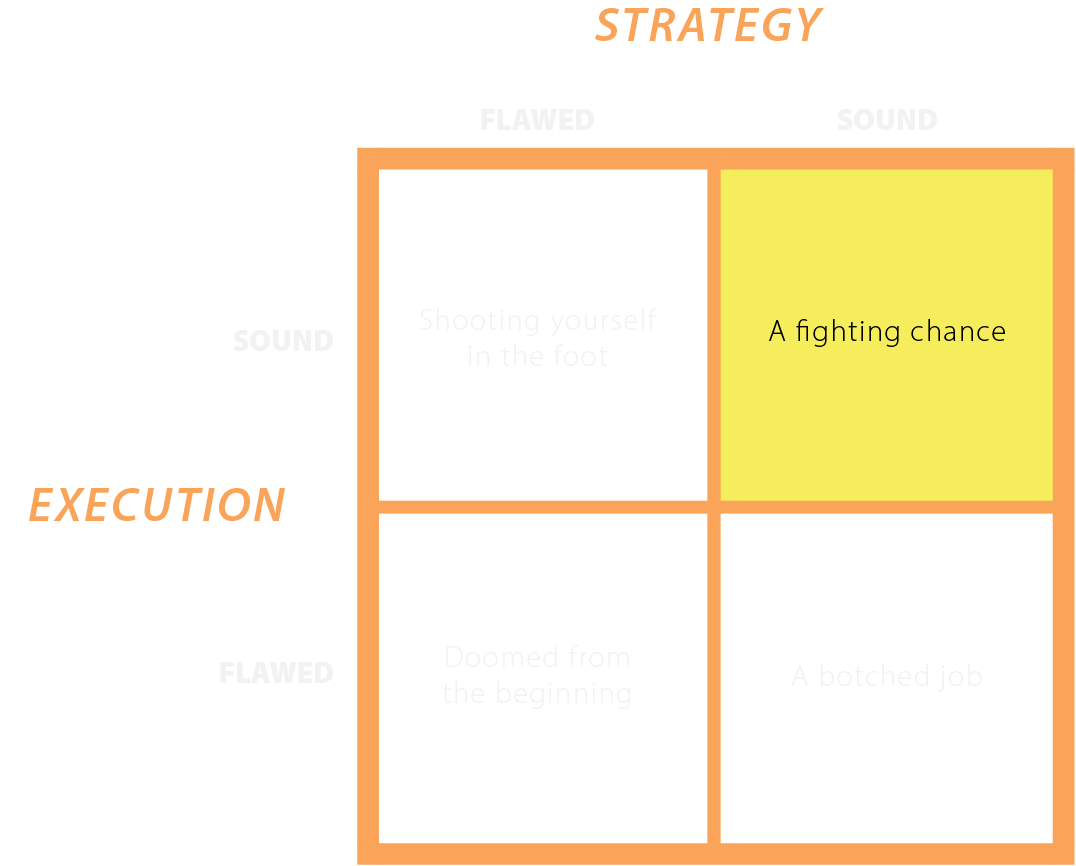AND IF YOU’RE HERE YOU PROBABLY HAVE A PROBLEM OR A ROLE THAT YOU NEED ADDRESSED
Lots of Creative Directors showcase their skills with a gallery of visuals representing the end results of their work, but in my mind that leaves out HOW we reached that end result.
So I want to highlight my thinking and learnings for the majority of this page. It’s a lot to nutshell, but I think it’s important. You can still see my gallery of finished projects by going to my Behance page.

I want to thank the writers of these particular books for affirming that tyrants do not make good leaders; that ‘influence scales, control does not.‘
These authors reassured me that you can be a strong and effective leader by setting examples of empathy and accountability. I have since tested and iterated upon those theories myself, and will continue to do so.




Philosophy
Reading Radical Candor by Kim Scott feels like watching my early workplace experiences as a young designer get named, unpacked, and healed. Her emphasis on genuine care paired with clear, direct feedback offers a powerful framework for avoiding toxicity. The method demands intention to put into practice, but its impact is lasting and worthwhile.
Speak truth PROMPTLY & require feedback
Protect the team's passion
Make mistakes of commission, not omission
Equality in product, healthy process, & strategic risk
As a Creative Director, I serve as a strategic partner from concept through execution, crafting persuasive pitches that build internal buy-in and broaden creative horizons. I advocate for Design Thinking at the leadership level, using narrative clarity to make complex ideas actionable.
My work bridges creative and non-creative teams, ensuring ethical, well-contextualized communication across disciplines. To support this, I design tailored frameworks that protect time and focus, enabling thoughtful, high-quality output within each organization’s specific structure.
There are two things creative people need more than anything else: stability and challenge.
– Todd Henry
There are so many misconceptions surrounding creative people in the workplace. So many companies view their creatives as difficult and give them a wide birth because they feel that we are an irrational and highly emotional breed. This also goes the other way– creatives do not usually think as a business-centered leader thinks, and the breakdowns in communication that result from these misunderstandings are often disastrous.
I think it’s not too far off to state that one of a Creative Director’s largest roles is to act as an impartial and kindly translator between the business and the creative team.
When re-reading Todd Henry’s Herding Tigers this passage stuck out as the starting line for a lot of businesses when solving for creative team “fixes”:
Excerpt from Herding tigers
“Perhaps some creative people appear to be difficult because the expectations of a project keep changing midstream, after they’ve done a tremendous amount of conceptual work that will have to be rehashed just to get back to the starting line.
Is it possible that what comes across as ego is merely a response to their craft’s–which they have spent years mastering and cultivating– being challenged at a moment’s notice by someone who has given their hard work a total of ten seconds of distracted consideration before scrapping it?
Much of the dysfunction and tension that exists in the work-place is the result of highly creative peoples’ needs not being met. If you step back and examine the patterns, you’ll find that a lot of bad behavior occurs when there is poor or inattentive leadership.”
A Creative Director must clarify intentions, represent both business and creative teams with honesty, and take full accountability for fostering understanding and follow-through. Strong leaders don’t gossip or stew in frustration—they communicate directly and act before resentment takes root. As a designer myself, I can say: creatives don’t want endless freedom, we want trust, structure, and leadership. Give us clear briefs, defined boundaries, and a safe space to take risks, and we’ll thrive. When that alignment exists, everyone benefits. Without it, even the most talented team will falter. Clear workflows are everything.

Beyond brand guides and visual systems, a key part of a Creative Director’s role is managing a brand’s Drivers—the core values and benefits that guide all creative decisions. If a project doesn’t align with these Drivers, it should be deprioritized or reshaped to reflect what the brand truly stands for.
Creative direction is where strategy meets storytelling—bringing meaning, clarity, and vibrancy to all creative work.
Mentorship is the heart of the role for me. As someone who benefited early on from empathetic, transformative guidance, I’m committed to paying that forward. I coach my team to keep learning, challenge limits, and lead with what Todd Henry calls Focus, Function, and Fire.
creative team initiative examples:
This is the presentation of a creative storytelling vision and putting it up on the board as the “Idea to Beat.” Designers are encouraged to produce a better idea for a reward. This pushes innovation, creates buy-in for team members, and invites collaboration.
A “Retro” is an Agile component used in sprints that is incredibly valuable. During a retrospective, the participants reflect on what happened in the project and identify actions for improvement going forward.

Workflows are personalized step-by-step systems that help creatives work efficiently and well. They should be developed one-on-one, tailored to how each person functions best—whether that means late-night focus or needing privacy for deep work. When preferences are understood and respected, they become assets, not obstacles. Thoughtful, evolving workflows are my not-so-secret key to strong creative output and truly happy teams.
People often ask how I know my team isn’t slacking. The truth is, I don’t buy the myth that people don’t want to work—it’s a product of exploitative systems, not human nature. When treated ethically and fairly, most people are eager to contribute. I compensate my team well and protect their rights, and in return, I’ve never had an issue with underperformance. To support success, I use transparent dashboards and scoreboards—tools my team can see at all times. The scoreboard tracks outcomes, the dashboard tracks engagement.
I run a tight ship grounded in mutual respect. I treat my team the way I expect to be treated—celebrating wins openly, addressing setbacks quickly and empathetically, and offering clear paths to improvement. I expect the same in return. I’ve seen teams suffer in silence under impossible expectations, afraid to speak up. That kind of silence leads to burnout and broken trust. On my team, honest communication is rewarded, not punished. We all have blind spots, and feedback—at every level—is how we grow. We’re in this together, and when one of us succeeds, we all do.







